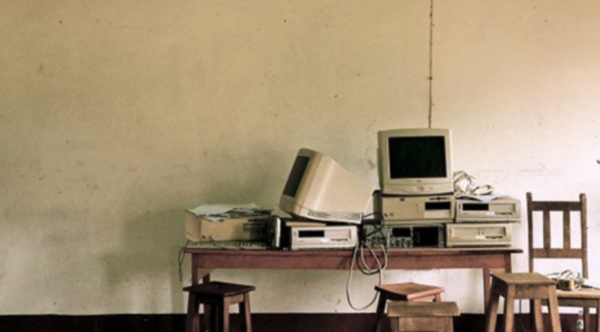With the exponential growth in technological innovation over the last few decades, businesses need to stay current when it comes to their office computers.
When your business is updating its technology, obsolete or end-of-life equipment should be disposed of safely. IT asset disposal can pose a security risk and needs to be taken seriously. With highly sensitive information stored on computer hard drives, personal data and company information can end up in the wrong hands.
This article will guide you through the steps you should take before donating or disposing of your old office computers.
Put an ITAD Program in Place
An Information Technology Asset Disposal (ITAD) program ensures the secure and responsible disposal of unwanted or obsolete technology assets. Having a company ITAD program in place will help to manage your company’s exposure by ensuring measures have been put in place to counter a potential data breach. Such a program should take into account the following:
- A description of each computer issued within the company and how it is tracked
- That data on the hard drive is accounted for
- When the computer is disposed of by the company and how the data has been protected
Back up Data
Before disposing of old computers and hardware, make sure to back up the hard drives so that everything is easily retrievable and no data is lost. This could involve archiving data onto an external hard drive or using cloud-based storage. It is advisable to do a complete backup of your hard drive to avoid losing any data you may need in the future.
When considering a cloud-based solution, research the different available services. Find out the level of security they offer and whether they use encryption to protect your data as this will provide greater security.
Wipe the Hard Drive
The safest way of making sure that none of your important information would be accessed by someone is to physically destroy the hard drive. This isn’t as simple as it sounds, as data can be retrieved even from a damaged hard drive, and that’s why you should always use secure hard drive shredding services.
Deleting files from a device does not mean they have been completely erased. Remember to do a complete wipe of your hard drive to ensure no data such as customer information, financial data, or trade secrets can be retrieved. Consider using a software erasing program to securely wipe sensitive data from your computer, such as Eraser. This will overwrite the deleted files at least once, for added security.
In addition to deleting all files, unlink and uninstall all programs on the computer as they can still automatically sync to the online cloud backups, and clear browsers. Passwords and account information stored in browsers can compromise your security protocols.
Reset Factory Settings
Once the previous steps have been taken, reset the computer to its default factory settings. Follow the manufacturer’s instructions when doing a factory reset to safely erase anything left on the device.
If your old office computers are still in good working order, consider donating them to charities that require such equipment. Some charitable organizations provide used or refurbished office computers to under-funded schools or low-income families. If your business is in the process of upgrading its computers consider making an appointment for a Salvation Army Donation Pickup to collect your old computers.

